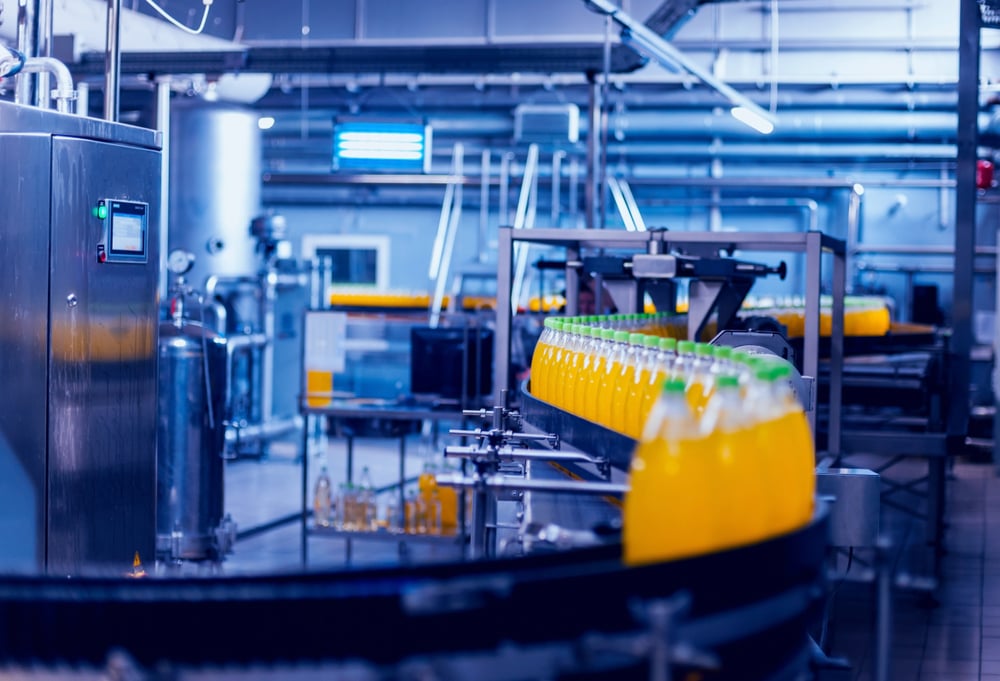5 Breakthroughs Manufacturing the Future of Medical Science
Zachary Smith January 26, 2016
Medicine has come a long way from where it started. We have cured crippling diseases, eradicated plagues, and extended our average lifespan by decades. Pharmaceuticals are owed a lot for the medical breakthroughs that grant us these miracles, from development to distribution.
But in the 21st century, we have the ability to meld science and technology to open up a new world of disease prevention. Just over the last couple of months promising developments have broken through. So let’s take a look at the medicine of the future.

1. Cancer
Although chemotherapy is an effective way of getting rid of cancer, it has some of the highest health costs to the patient out of any treatment. According to the American Cancer Society, these side affects are caused by the drugs manufactured to kill the fast-growing cancer cells. The effects happen when the drugs target normal, healthy fast-growing cells like hair follicles. But what if the drugs only took effect once they reached the tumor they were meant for?
Researchers from the University of Science and Technology of China and The Ohio State University are developing a way to package multiple ingredients into a single capsule. The ingredients must be activated by the doctor when the drug is in the area of the tumor, and can be activated by vibrations or heat, causing the ingredients to mix and the drug to become useful. While still in early phases of testing and manufacturing, it’s a promising method that could influence the use of drugs in chemotherapy and countless other fields of study.
2. Parkinson’s Disease
One of the most recognizable effects of having Parkinson’s is the body tremors that happen as the disease degrades the body’s nervous system. And although there is still no cure for Parkinson’s in sight, we can try and make the suffering a little more bearable.
Which is exactly what Faii Ong and a team of students from Imperial College London sought out to do. Together they developed a prototype of the GyroGlove. A wearable intended to help hand tremors with a gyroscope, the purpose is to help patients regain control over their hands movements while performing everyday activities. And though there is still a long list of refinements that need to be done, interest has already been expressed among the Parkinson’s community.
3. River Blindness
A disease common in Africa and the second leading cause of blindness, River Blindness (onchocerciasis) is caused by blackflies found near bodies of water who infect a host. There is treatment available if caught early, but once the parasite grows into an adult, stagnating the disease proves difficult.
When the London Declaration on Neglected Tropical Diseases called for tools to eliminate river blindness, TOVA (The Onchocerciasis Vaccine for Africa) formed and responded. They have found three possible vaccine candidates, with the hope of bringing at least one to testing by 2020. With a collection of African and European scientists who have banded together since the 80’s, this breakthrough is exactly what they have been hoping for.
4. Obesity
Weight is one of the biggest harbingers of public health in the United States, with the current obesity numbers settling in at one third of the country. And though there is never an easy way to lose weight for good (the key solution is still diet and exercise), we might be better off making the whole experience a little more tech savvy.
Enter the smart nano pill being developed by RMIT University’s professor Kourosh Kalantar-zadeh. When taken, the pill is able to identify and measure the gases throughout the body, capable of predicting some digestive illnesses and other types of stomach problems. How does this relate to your weight? The bill can tell if you are having too many carbs or too little protein, and be able to map out how your body processes nutrients. This can allow doctors to tailor make a diet that will be specific to you and your health.
5. Organ Replacement
People have been getting transplants for a long time with moderate to excellent success. However, the one caveat has always been that the organ has to be donated from another person (which is still important).
But with the rapid development of 3D Printers in recent years, organs may become as accessible as picking a book off a shelf. Seemingly from sci-fi stories, scientists are working on custom 3D printers that will allow for hospitals to 3D print functional organs on location and perform transplant in a matter of days. This is done through soft materials developed in supportive fluid that contains gelatin powder. Though not a reality yet, the promise could change the medical field as we know it.
For more industry trends, business tips and marketing best practices, subscribe to our newsletter.
Did you find this useful?









